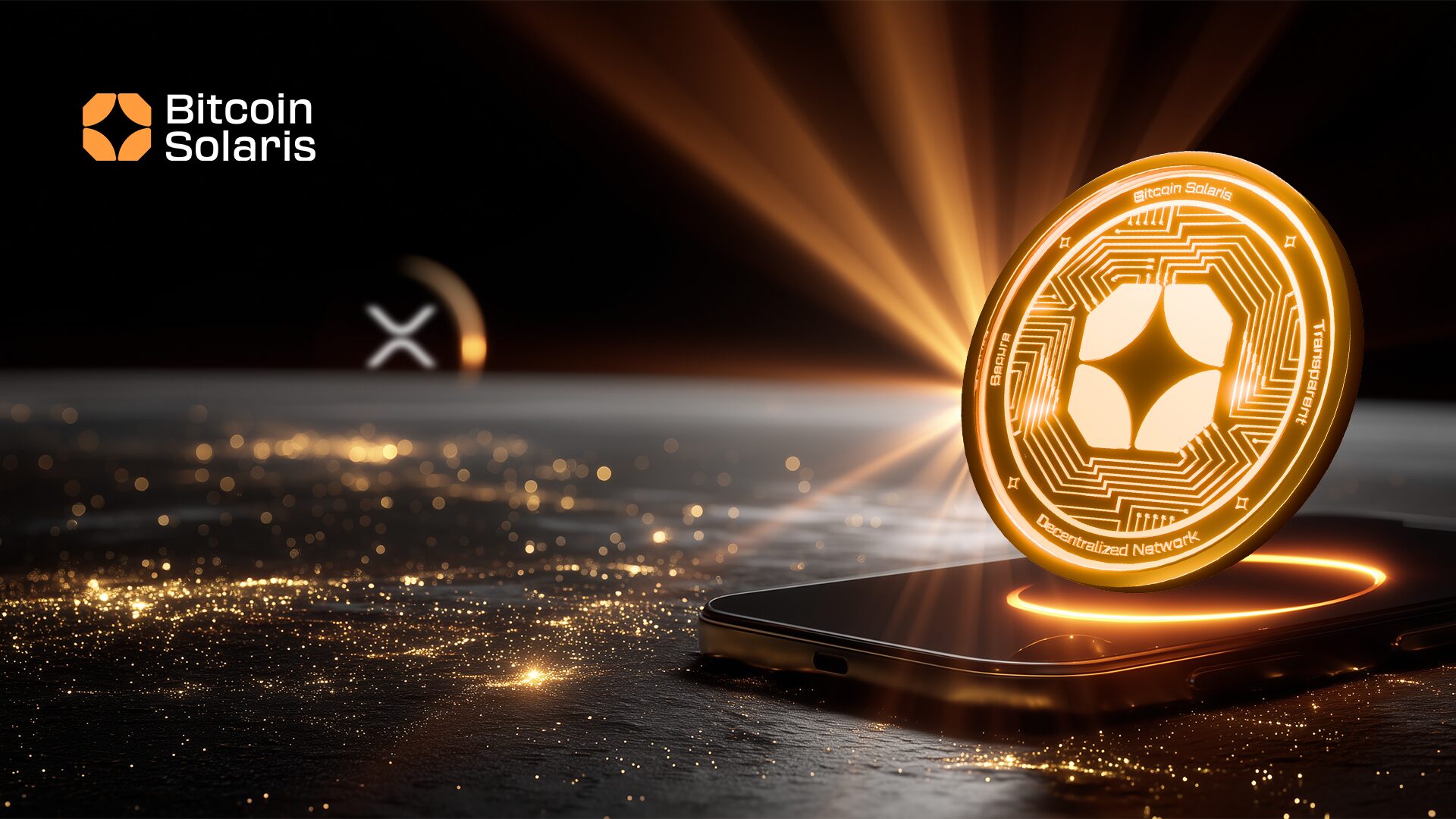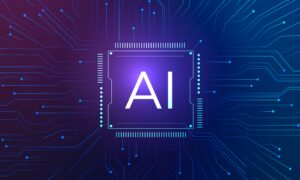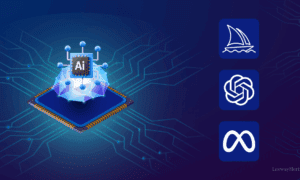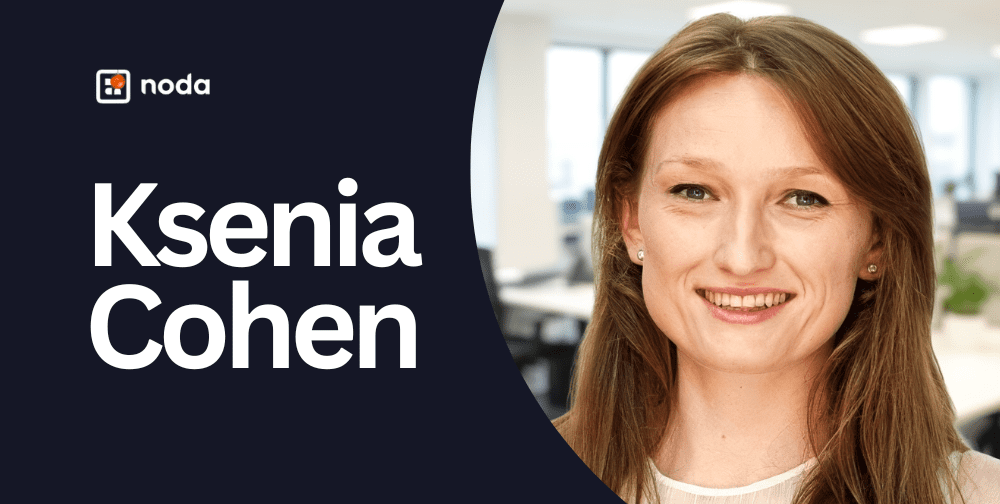XRP’s validator model brought speed and order to on-chain transactions, using a permissioned list of nodes—the Unique Node List (UNL) — to approve blocks. This system streamlines finality and supports fast settlement, but it also centralizes authority and excludes everyday users from participating in consensus. If you aren’t on the list, you’re not validating anything.
Bitcoin Solaris rethinks that structure entirely. Instead of relying on pre-approved validators, it uses a hybrid, decentralized protocol — Helios Consensus — that allows anyone with a smartphone to join consensus and earn mining rewards. It replaces permission with accessibility, and turns network participation into something the average user can do without specialized hardware or institutional backing.
The Validator Divide: Centralization vs. Access
XRP’s model is fast and efficient — but validator seats are limited and governed by centralized agreement. Most nodes don’t propose or validate transactions. They simply follow the consensus reached by those on the UNL. This inherently places trust in a fixed group, where removal or addition of validators requires human consensus, not just algorithmic logic.

Bitcoin Solaris takes the opposite approach. Its Helios Consensus system doesn’t depend on any fixed validator set. Instead, it combines Proof-of-Stake, Proof-of-Capacity, Proof-of-History, and Proof-of-Time—four layered mechanisms that work together to enable true decentralization across devices. Phones, desktops, and light nodes can all participate, with role assignments adjusted dynamically based on storage space, activity, and time-based sequencing.
It’s not just consensus by the few. It’s consensus by anyone who shows up and contributes resources — even with limited hardware.
Mining From Your Phone
The upcoming Solaris Nova App, set to launch soon, will let users mine BTC-S directly from their smartphones. Using minimal storage (as low as 1–5 GB) and idle CPU capacity, the app handles lightweight plotting and micro-validation tasks. These feed into the Base Layer of Bitcoin Solaris’s two-tier architecture, allowing mobile users to genuinely secure the network.
There’s no centralized registry, no validator whitelisting, and no delegation middlemen. Mining rewards are earned directly by the user, and consensus is achieved through a distributed combination of timekeeping, capacity, and stake — not institutional voting or closed governance.
Tokenomics and Supply Dynamics
Bitcoin Solaris follows a capped supply model — 21 million BTC-S tokens, hard limit. A total of 4.2 million BTC-S (20%) has been allocated for the presale. The project is now in Phase 2, with tokens priced at 2 USDT each. There are no private allocations or preferential rounds. Every buyer in this phase receives liquid tokens usable for mining, staking, or holding. Once the Nova App launches, those tokens can immediately go to work — generating yield from a mobile device without setup overhead.
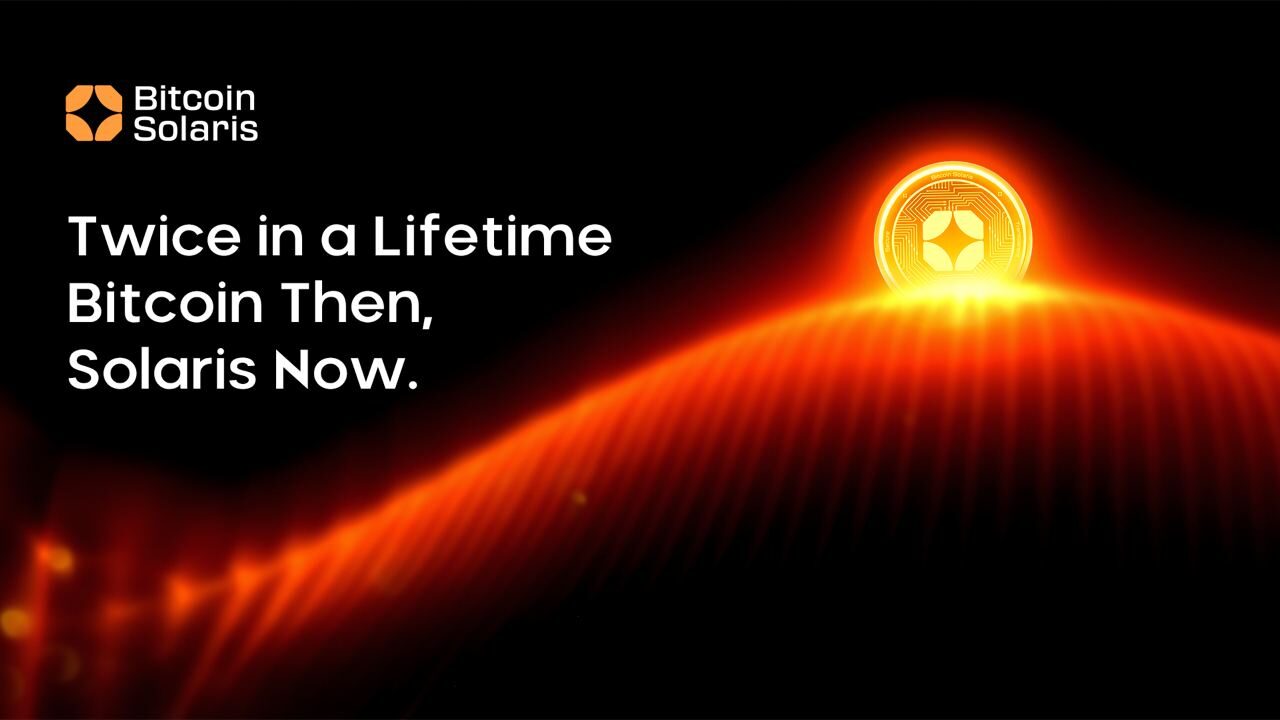
This structure aligns with Bitcoin’s scarcity model but adds utility. Instead of buying and waiting, BTC-S holders can validate, mine, and transact right away.
Security, Verification, and Real Audits
Unlike XRP’s trust-based validator inclusion, Bitcoin Solaris publishes its logic. All contracts, staking mechanisms, and consensus rules have been independently reviewed:
For a deeper technical look at how Helios works and how mobile mining fits into the consensus process, check out this review from Crypto Royal.
Closing the Gap Between Users and Validators
Bitcoin Solaris doesn’t just change where consensus happens—it changes who it includes. In place of XRP’s validator exclusivity, it offers broad access without compromising speed or order. With a 10,000 TPS engine, Helios finality in seconds, and mining designed for phones, it delivers decentralization in a form users can actually touch.

Website: https://bitcoinsolaris.com/
X: https://x.com/BitcoinSolaris
Telegram: https://t.me/Bitcoinsolaris

